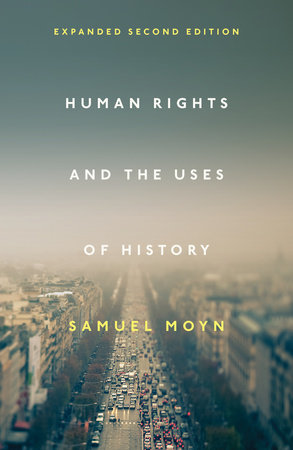
The book is organized into four parts, one for the decisions and movements leading up to the battle, and one for each day.

At Gettysburg, topography was a critical factor on all three days, and Guelzo helps us see how strategic choices, topography, and leadership in battle all contributed to the outcome. I know of no book that reflects such an intimate acquaintance with the topography of Gettysburg, whether it be the two hills that make up Culp’s Hill, Sherfy’s Peach Orchard, or Little Round Top, or even the locations of fences, that made advances more difficult.

Guelzo directs the Civil War Era Studies program at Gettysburg College, which means he resides on the site of the battle. Guelzo’s account, written on the 150th anniversary of the battle has to rank among the best. There are scores of accounts of the confrontation between Union and Confederate forces for a three day battle at Gettysburg, Pennsylvania, July 1-3, 1863. Summary: An account of the three day battle at Gettysburg, the personalities, key turning points, battlefield topography, and movement by movement narratives that both zoom out and come up close in describing the unfolding of the battle.


 0 kommentar(er)
0 kommentar(er)
